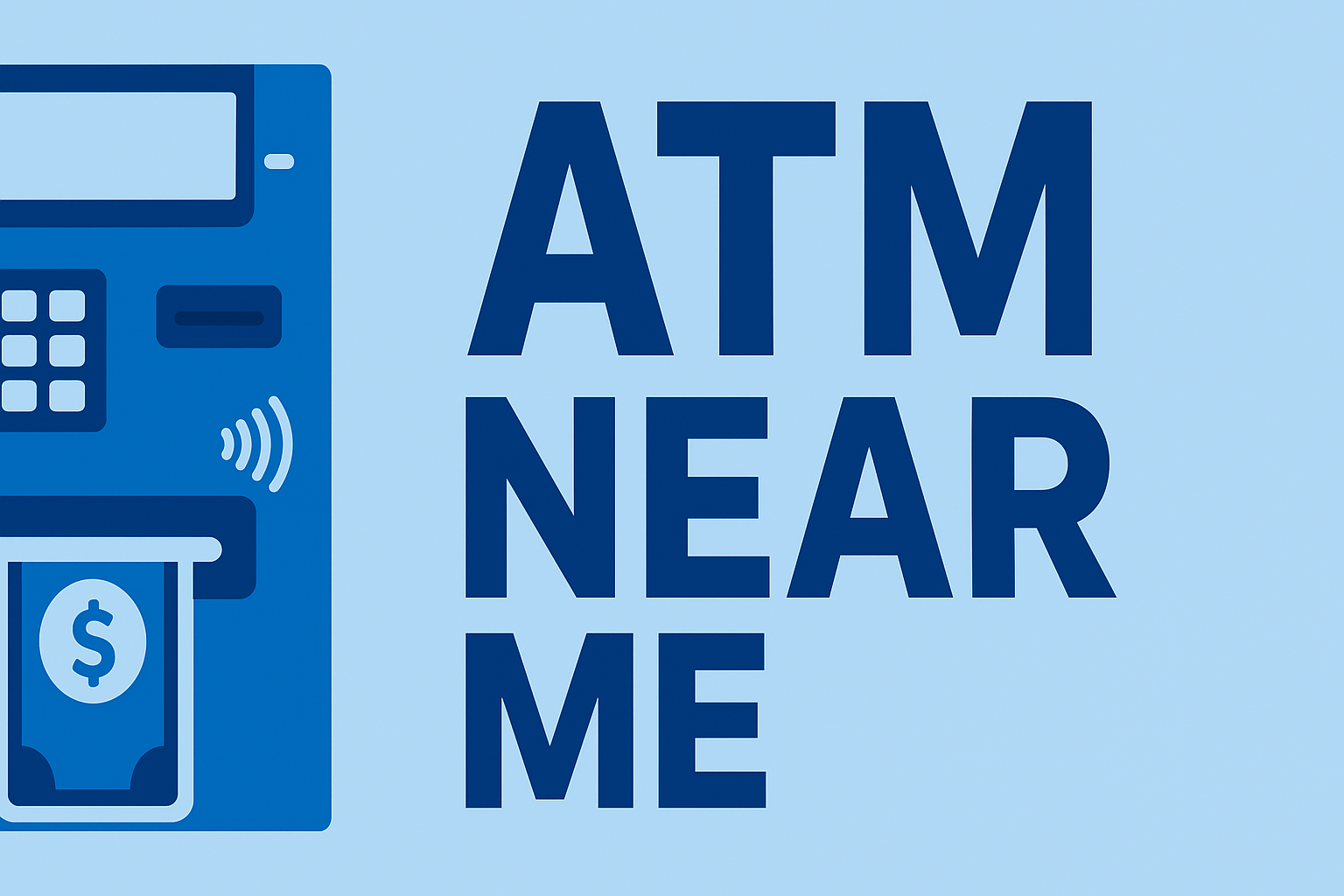ATM fraud has evolved from simple card skimming to sophisticated digital attacks. Understanding current trends—and how to avoid them—can protect your money and personal data. This guide covers the most common ATM fraud tactics today, how they work, and what you can do to stay safe every time you withdraw cash.
The Rise of ATM Fraud
Even as more people switch to digital payments, ATMs remain an essential cash access point—and a target for criminals. According to the Federal Trade Commission (FTC), ATM fraud complaints have surged in recent years, driven by improved cloning devices and digital overlays that capture customer data in seconds.
- Traditional skimming: Hidden readers steal magnetic-stripe data from your card.
- Card trapping: Fake slots hold your card, while scammers watch or retrieve it later.
- Shimming: Thin devices inside the reader collect chip card information.
- Overlay keypads: Fake buttons record PIN entries.
- Malware & jackpotting: Criminals hack the ATM’s software to dispense cash illegally.
Emerging ATM Fraud Trends
Today’s fraudsters use network-level attacks, wireless skimming, and cloned debit card data to exploit vulnerable machines. Here are the most active tactics in 2025:
- Bluetooth and Wi-Fi skimmers: Devices transmit stolen card data remotely, making them harder to detect.
- QR-code scams: Fake QR stickers on ATMs redirect users to phishing websites.
- Fake “cardless” prompts: Some modified screens mimic legitimate mobile withdrawal interfaces to steal credentials.
- Social engineering: Fraudsters pose as bank technicians or “helpful customers” to distract users during withdrawals.
Learn how to identify genuine cardless ATMs safely in our guide on cardless ATM usage.
How to Protect Yourself at ATMs
- Use well-lit, indoor, or in-branch ATMs whenever possible.
- Inspect the card slot, keypad, and screen for loose parts or unusual attachments.
- Cover the keypad while entering your PIN.
- Enable text or app alerts for all ATM withdrawals.
- Avoid ATMs with error messages or physical tampering signs.
- Use your bank’s mobile app to find verified ATMs instead of relying on random search results.
For additional safety practices, read our companion post how to avoid skimming and ATM fraud.
What to Do If You’re a Victim of ATM Fraud
- Immediately lock your debit card through your bank’s app or hotline.
- Report the fraudulent transaction within 48 hours to limit liability under federal law.
- File a report with your bank, the FTC, and your local police department.
- Request a new card and PIN before using any ATM again.
Preventative Banking Tools
Many banks now offer features designed to prevent ATM fraud altogether. These tools combine mobile authorization and enhanced transaction monitoring to keep your funds secure.
- Card-lock features: Instantly freeze your debit card after each use.
- Virtual card numbers: Generate one-time numbers for safer withdrawals.
- Mobile notifications: Get alerts for any ATM or balance activity in real time.
- Contactless options: Tap-to-withdraw systems eliminate card reader exposure.
FAQs About ATM Fraud
How common is ATM fraud?
It’s more frequent than most realize. Financial security groups estimate millions of card details are skimmed annually, often at outdoor or isolated ATMs.
Are newer chip cards immune to skimming?
No. While chips reduce cloning risk, shimming devices can still extract limited data for online fraud.
Should I avoid standalone ATMs?
Yes. ATMs located inside branches, airports, or retail stores are safer than unmonitored machines.
Can banks refund stolen ATM funds?
Yes, if reported quickly. Under U.S. law, reporting within two business days limits your liability to $50 for unauthorized withdrawals.
Key Takeaway
ATM fraud is more advanced than ever, but awareness is your best defense. Use secure locations, stay alert for tampering, and rely on verified bank or network ATMs. Protecting your PIN and monitoring your account can stop most fraud before it costs you a cent.
Continue reading about ATM safety best practices to strengthen your protection habits.
Updated October 2025
